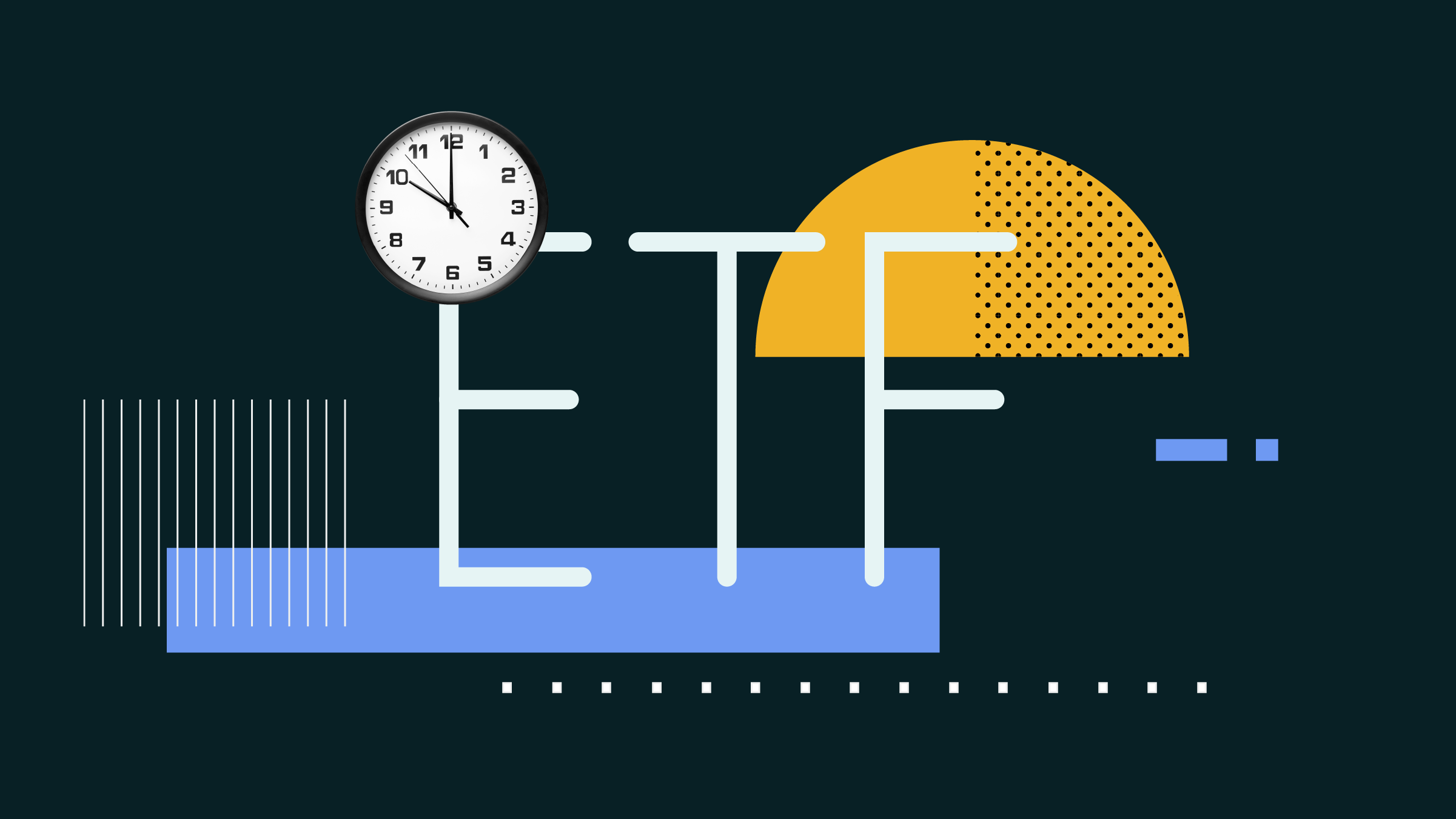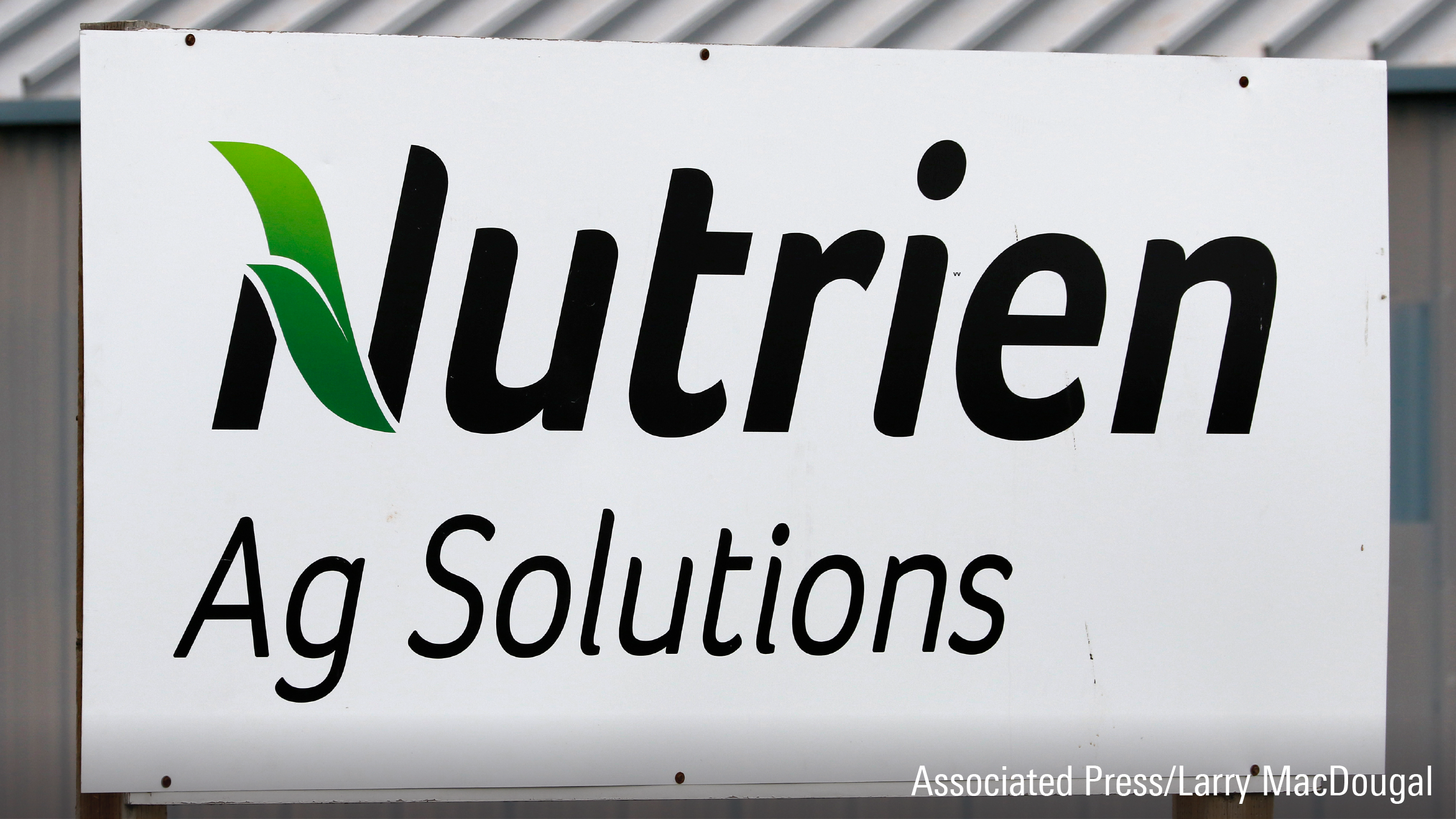Most investors are familiar with dividends, but they may be less familiar with the specific timeline associated with a company's dividend distribution: the declaration date, the record date, the ex-dividend date, and the actual distribution date. Although buy-and-hold investors don't have to be keenly attuned to all of those dates, it's still important to have a working understanding of them. We've outlined some key dates below.
Declaration date
This date, also known as the announcement date, is the date on which a company declares it will pay a dividend.
Record date
Once a company declares that it will pay a dividend, it then sets the date -- the record date -- by which you must be a shareholder to receive the dividend.
Ex-dividend date
To further complicate matters, dividend-paying stocks also have what are called ex-dividend dates -- usually two business days before the record date. If you buy or sell shares of stock between the ex-dividend date and the record date, the stock is said to trade without its dividend during that period. In practical terms, that means that the former owner of the stock -- and not its new buyer -- will receive the dividend if the transaction occurred on or after the ex-dividend date. If you buy a dividend-paying stock before the ex-dividend date, you will receive the upcoming dividend payment. The reverse is also true: If you sell your stock before the ex-dividend date, you give up your right to claim the dividend.
While cash dividends are the most common form of dividend payment, sometimes a company will pay a dividend in additional shares of the company rather than cash. In that case, the ex-dividend date is the first business day after the stock dividend is paid (and is obviously also after the record date). Thus, if you sell your stock before the ex-dividend date and the company has distributed additional shares, you have sold away your right to that stock dividend, too.
Payment date
The payment date is straightforward: It's the date that dividend cheques are mailed or deposited in shareholders' accounts.
The lowdown on dividend-capture strategies
Although long-term investors probably won't spend a lot of time thinking about the aforementioned dates, so-called dividend-capture strategies involve jumping in and out of stocks just in time to lock in payouts. Investors employing the dividend-capture strategy would purchase a very high-paying dividend stock, collect their share of the payment, and then sell the stocks a few weeks later after the ex-dividend date. Then, it's onto capturing the next big dividend.
But dividend-capture strategies aren't likely to create lasting economic value and carry high trading costs to boot. These factors make dividend-capturing a tough game to play.















